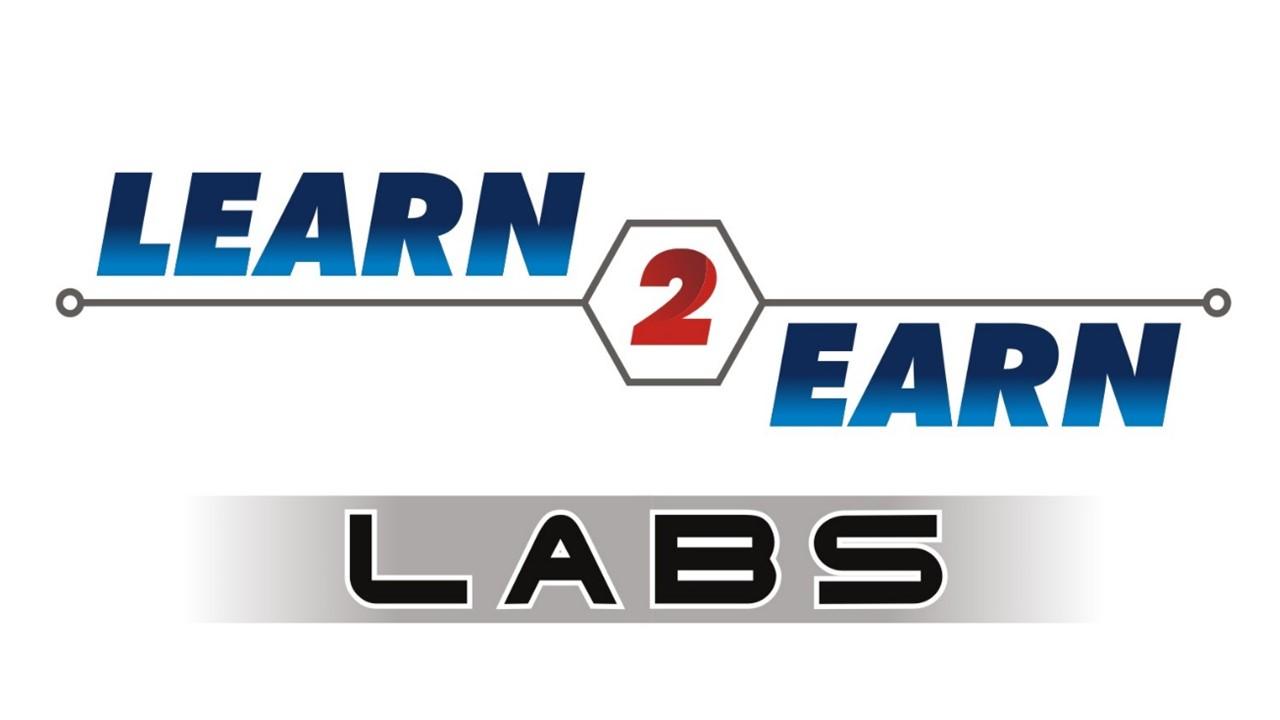Redux, Redux Toolkit & RTK Query — State. Fetch. Master.
Practice modern state management the right way. Each topic-wise set includes 20 Basic, 20 Intermediate, and 10 Advanced questions to take you from classic Redux concepts to production-ready apps with Redux Toolkit (RTK) and RTK Query.
Why practice with these assignments?
- Build real features using predictable state, pure reducers, and typed actions.
- Learn idiomatic Redux Toolkit patterns: configureStore, createSlice, createAsyncThunk, and more.
- Master server-state workflows with RTK Query: caching, invalidation, pagination, and optimistic updates.
- Prepare for interviews and large codebases with tasks that mirror real-world problems.
How it works
- Pick a topic from the list.
- Attempt questions in order: Basic → Intermediate → Advanced.
- Run locally, inspect updates via Redux DevTools, and profile renders.
- Validate immutability and serializability; fix warnings from middleware.
- Save your best solutions as portfolio-ready snippets.
Notes:
- Focus is React 18+ with Redux Toolkit 2.x.
- JavaScript or TypeScript—your choice (TS prompts appear on relevant topics).
- Prefer RTK & RTK Query over legacy hand-written Redux where indicated.
Who should use this page?
React learners, interview preppers, and developers moving from legacy Redux to Redux Toolkit & RTK Query.
Tips for success
- Keep state minimal and normalized; derive everything else with selectors.
- Never store non-serializable values (e.g., DOM nodes, Promises) in the store.
- Use createSlice for nearly all reducer logic—avoid handwritten switch reducers.
- Prefer RTK Query for server data instead of custom thunks whenever feasible.
- Add entity adapters for collections; it simplifies CRUD and pagination.
- Profile re-renders; memoize selectors and component boundaries thoughtfully.
- Test reducers and selectors as pure functions; mock network with MSW for thunks/RTKQ.
Ready to build real confidence in Redux, Redux Toolkit & RTK Query? Pick a set below and start solving!
FAQs
Q1. Do I need prior Redux knowledge?
Basic React helps. The assignments start from fundamentals and quickly move to idiomatic Redux Toolkit.
Q2. Should I use TypeScript?
It’s optional but highly recommended. Topics include TypeScript prompts for typesafe slices, thunks, and APIs.
Q3. How do I verify correctness?
Use Redux DevTools to inspect actions and state, check selector outputs, and write tests for reducers, thunks, and RTK Query hooks.
Q4. Are there solutions available?
Yes. Selected topics include reference implementations and alternative approaches. Attempt the assignments first, then compare with the solutions.
Q5. What topics are covered in these assignments?
Assignments cover Redux fundamentals, Redux Toolkit slices, async logic with thunks, RTK Query APIs, caching, invalidation, and project-scale state management.
Q6. Do I need external libraries besides Redux Toolkit?
Not necessarily. Most tasks use Redux Toolkit and RTK Query. Some advanced tracks may include middleware, Immer, or testing libraries like Jest.
Q7. Can I use these assignments with frameworks other than React?
Redux Toolkit is most common with React, but the core principles apply in other JavaScript frameworks. These assignments are React-focused.
Q8. How much time should I spend per assignment?
Plan 20–60 minutes per difficulty band per topic. RTK Query tasks, especially involving APIs, may take longer initially.
Q9. Do these assignments require a backend?
Not always. Many tasks use mock APIs or public endpoints. Some advanced tracks may include building a small backend for RTK Query practice.
Q10. Can these assignments help me in interviews or real projects?
Absolutely. Redux and Redux Toolkit are industry standards for state management. RTK Query adds real-world API handling. Completing these prepares you for projects and technical interviews.
